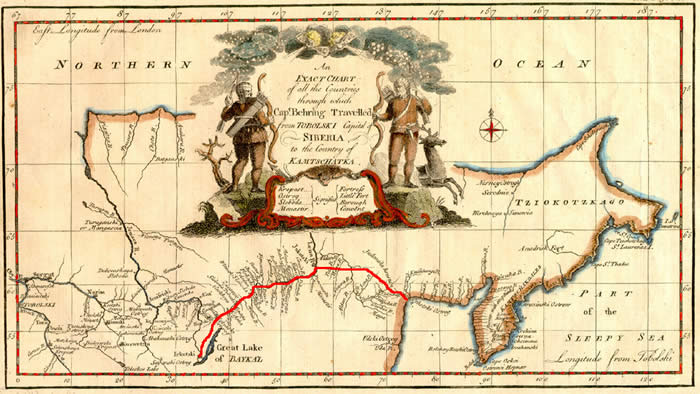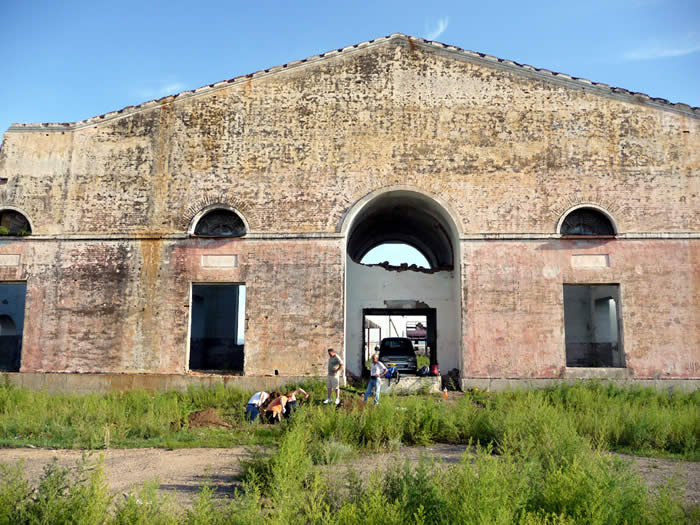Historical Archaeology in Russia
Exploring China’s Tea Road to Russian America through Investigations on the Mongolian-Russian Border
J. David McMahan, Artur V. Kharinsky, Timothy L. Dilliplane, Vladimir V. Tikhonov, and Katherine Arndt
The old Russian border city of Kiakhta, at the southern terminus of the famous “Tea Road” between China and European Russia, was the only place where legal overland trade took place throughout much of the 18th and 19th centuries. In a large, walled customs compound between Russia and Mongolia, Siberian merchants bartered furs and other items for Chinese tea and manufactured goods. These were transported north to Irkutsk, then to Europe. Some goods, including porcelain and trade beads, were transported via a long overland haul from Irkutsk to Okhotsk, then by ship to Russia’s colonial settlements in Alaska. With NSF support, archaeological and archival work was conducted in Kiakhta in August 2009 in an effort to better understand the role of the Kiakhta trade in supplying Russian America. This compliments ongoing work in Irkutsk and Alaska, where each new excavation brings insights and surprises that help shape our thoughts on life in the settlements.

Figure 1: “An Exact Chart of all the countries through which Capt Behring Travelled… to the Country of Kamtschatka” from 1736. The route highlighted in red was that used by most travelers to far eastern Siberia and Russian America during the 18th century.

Figure 2: The interior of the abandoned Kiakhta Customs Compound (constructed 1840) with Russian and American archaeologists at work.
Author Biographies:
Dave McMahan serves as Alaska State Archaeologist. Ty Dilliplane is an assistant professor in the Social Science Department at Massachusetts Maritime Academy. Artur Kharinsky is Dean of the Faculty of Law, Sociology and Mass-media at Irkutsk State Technical University. Vladimir Tikhonov serves as Director of the Taltsi Museum of Architecture and Ethnography in Irkutsk. Kathy Arndt works with the Alaska and Polar Regions archives at the Ubniversity of Alaska-Fairbanks.



